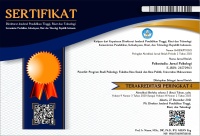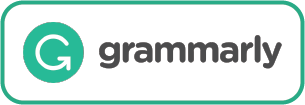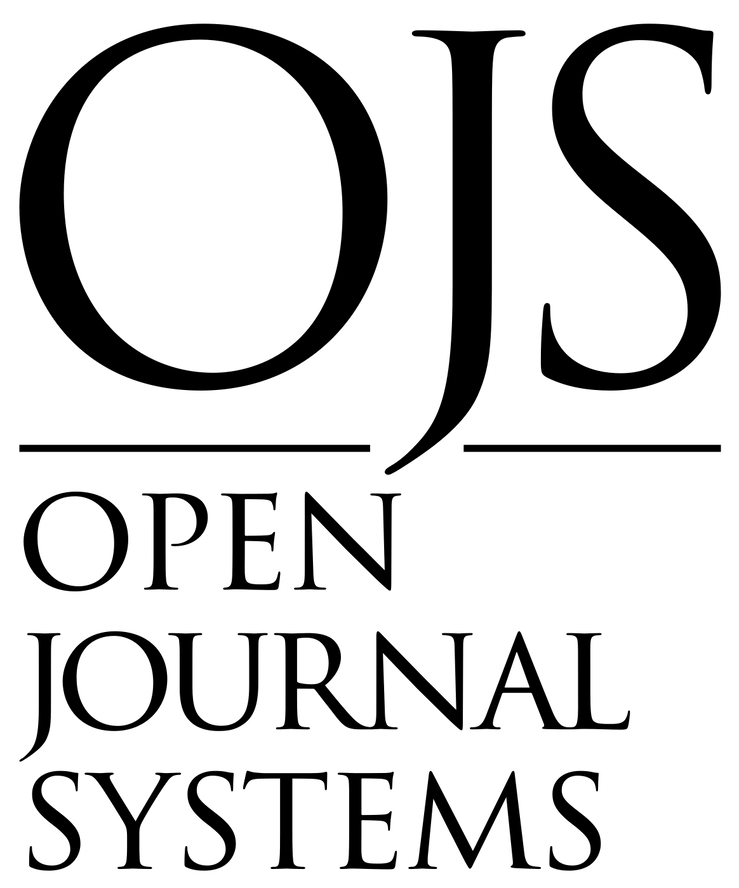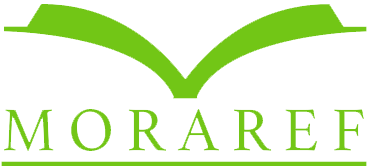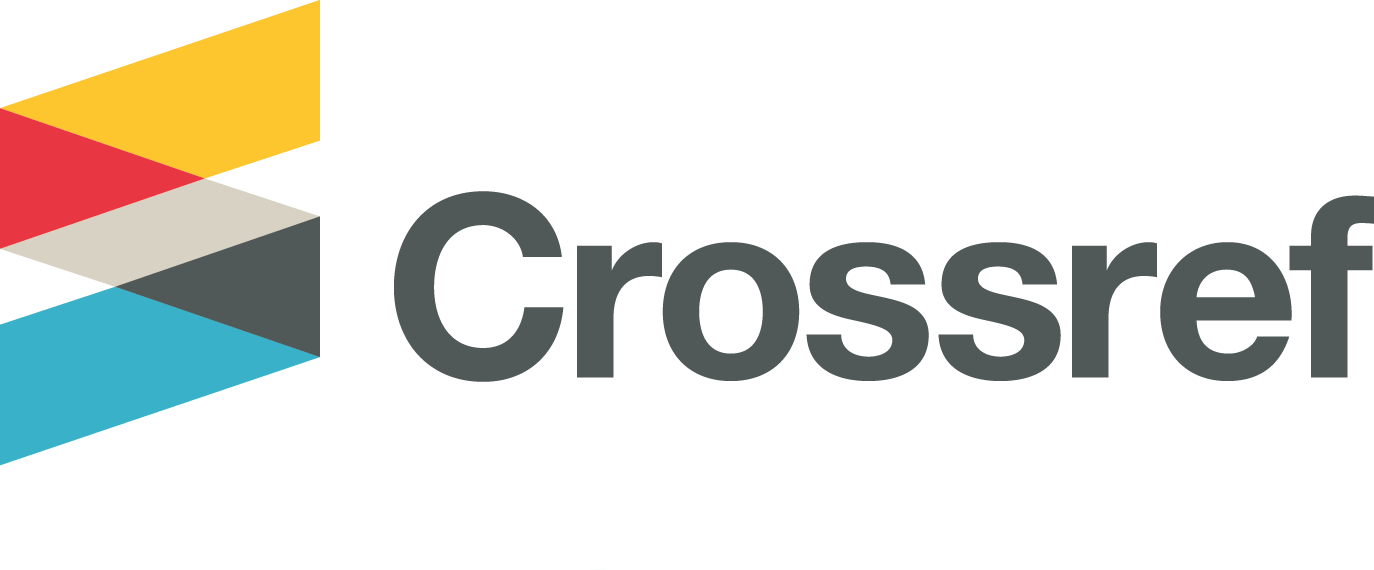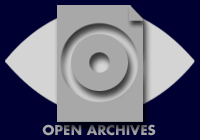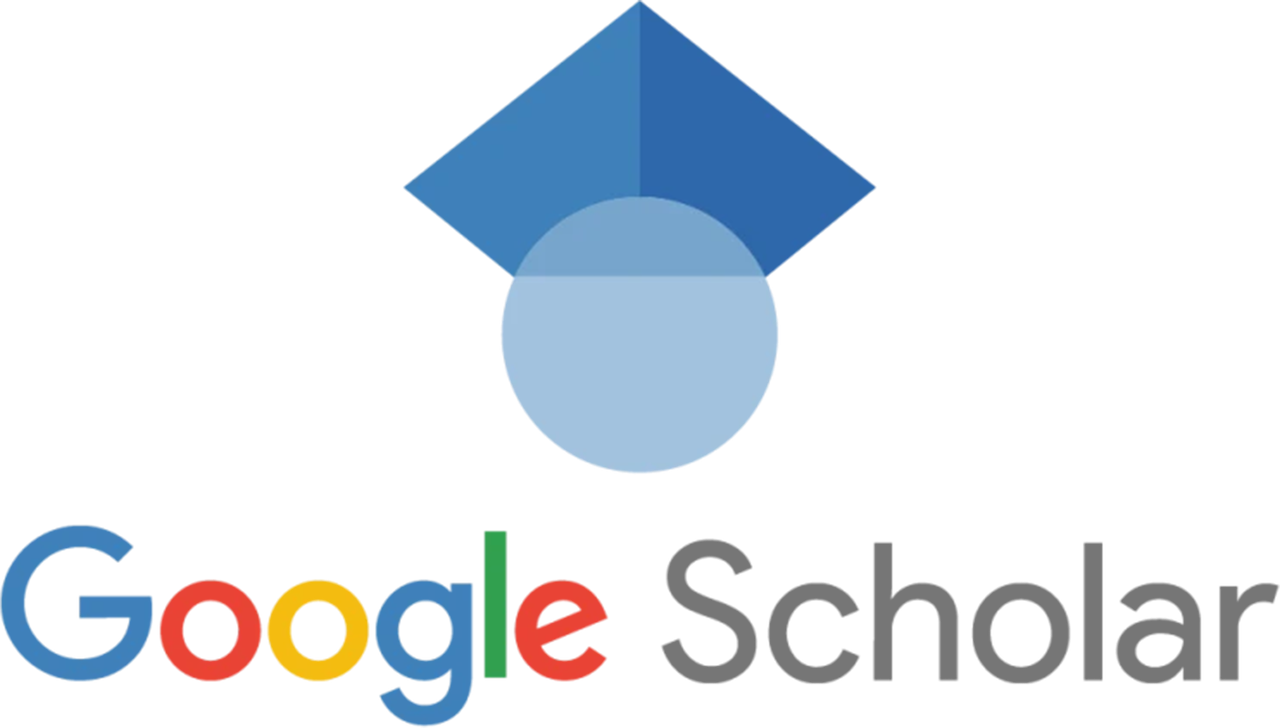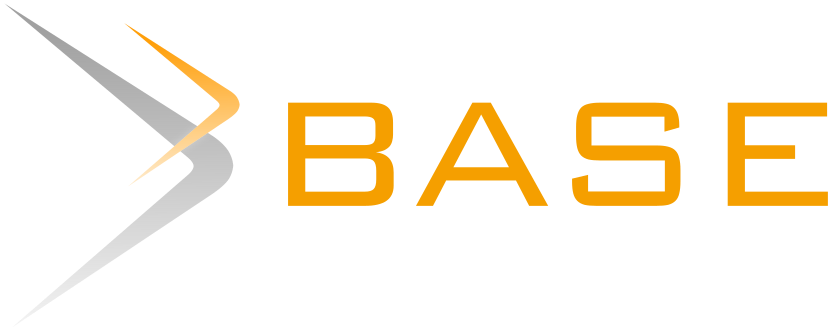"Positive Learning Attitude" Training to Improve Vocational High School Students' Understanding of Academic Cyberslacking
Abstract
Online learning at home for vocational high school students triggers several problems, including academic cyberslacking. Academic cyberslacking is defined as students' internet access to things unrelated to the course materials during the class. Referring to this condition, vocational high school students need to have a better understanding of academic cyberslacking through training so that the students can control the emergence of academic cyberslacking during the class. This study explores the effect of positive learning attitude training on increasing the understanding of vocational high school students in academic cyberslacking. The participants of this study were 187 vocational high school students who participated in a positive learning attitude training. The results showed a value of Z = -3,306, p = 0.001 (p<0.05), so it can be concluded that there is a significant difference in the understanding of academic cyberslacking before and after participating in positive learning attitude training of the vocational high school students. Students understand better the academic cyberslacking phenomenon after receiving positive learning attitude training.
Situasi belajar daring di rumah pada siswa Sekolah Menengah Kejuruan memicu beberapa permasalahan salah satunya adalah cyberslacking akademik. Cyberslacking akademik didefinisikan sebagai akses internet pada hal-hal tidak berhubungan dengan materi pelajaran yang sedang diikuti oleh siswa. Merujuk pada kondisi ini maka siswa Sekolah Menengah Kejuruan perlu mendapatkan pemahaman mengenai cyberslacking akademik melalui suatu training sehingga siswa dapat mengendalikan kemunculan cyberslacking akademik saat mengikuti pelajaran. Penelitian ini bertujuan untuk melihat pengaruh training positive learning attitude pada peningkatan pemahaman siswa Sekolah Menengah Kejuruan pada cyberslacking akademik. Subjek penelitian adalah 187 siswa Sekolah Menengah Kejuruan yang mengikuti training positive learning attitude. Hasil penelitian menunjukkan nilai Z = -3.306, p = 0.001 (p<0.05) sehingga dapat disimpulkan bahwa ada perbedaan yang signifikan pada pemahaman siswa Sekolah Menengah Kejuruan pada cyberslacking akademik sebelum dan sesudah mengikuti training positive learning attitude. Pemahaman siswa pada fenomena cyberslacking akademik meningkat setelah mendapatkan training positive learning attitude.
Keywords
Full Text:
FULL TEXTReferences
Akbulut, Y., Dursun, Ö. Ö., Dönmez, O., & Şahin, Y. L. (2016). In search of a measure to investigate cyberloafing in educational settings. Computers in Human Behavior, 55, 616–625. https://doi.org/10.1016/j.chb.2015.11.002
Andini, M., & Pudjiati, S. R. R. (2021). Gambaran Psikologis Remaja SMA Selama Sekolah dari Rumah Akibat Pandemi COVID-19 di Indonesia. Psikostudia : Jurnal Psikologi, 10(3), 217. https://doi.org/10.30872/psikostudia.v10i3.5267
Azwar, S. (2014). Penyusunan Skala Psikologi (Yogyakarta). Pustaka Pelajar.Barak, M. (2018). Are digital natives open to change? Examining flexible thinking and resistance to change. Computers & Education, 121, 115–123. https://doi.org/10.1016/j.compedu.2018.01.016
Boelens, R., De Wever, B., & Voet, M. (2017). Four key challenges to the design of blended learning: A systematic literature review. Educational Research Review, 22, 1–18. https://doi.org/10.1016/j.edurev.2017.06.001
Broadbent, J., & Poon, W. L. (2015). Self-regulated learning strategies & academic achievement in online higher education learning environments: A systematic review. The Internet and Higher Education, 27, 1–13. https://doi.org/10.1016/j.iheduc.2015.04.007
Cazan, A.-M. (2012). Self regulated learning strategies – predictors of academic adjustment. Procedia - Social and Behavioral Sciences, 33, 104–108. https://doi.org/10.1016/j.sbspro.2012.01.092
Dierick, F., Buisseret, F., Renson, M., & Luta, A. M. (2020). Digital natives and dual task: Handling it but not immune against cognitive-locomotor interferences. PLOS ONE, 15(5), e0232328. https://doi.org/10.1371/journal.pone.0232328
Effeney, G., Carroll, A., & Bahr, N. (2013). Self-Regulated Learning : Key strategies and their sources in a sample of adolescent males 1. Australian Journal of Educational & Developmental Psychology., 13, 58–74. https://doi.org/http://dx.doi.org/10.1080/01443410.2013.785054
Gegenfurtner, A., & Ebner, C. (2019). Webinars in higher education and professional training: A meta-analysis and systematic review of randomized controlled trials. Educational Research Review, 28, 100293. https://doi.org/10.1016/j.edurev.2019.100293
Gerow, J. E., Galluch, P. S., & Thatcher, J. B. (2010). To Slack or Not to Slack: Internet Usage in the Classroom. JITTA: Journal of Information Technology Theory and Application, 11(3), 5–23.
Gökçearslan, Ş., Mumcu, F. K., Haşlaman, T., & Çevik, Y. D. (2016). Modelling smartphone addiction: The role of smartphone usage, self-regulation, general self-efficacy and cyberloafing in university students. Computers in Human Behavior, 63, 639–649. https://doi.org/10.1016/j.chb.2016.05.091
Jayani, D. H. (2020). Ini Sejumlah Tantangan Siswa Belajar di Rumah. https://databoks.katadata.co.id/datapublish/2020/07/04/ini-sejumlah-tantangan-siswa-belajar-di-rumah
Kemdikbud. (2020). Kemendikbud Terbitkan Pedoman Penyelenggaraan Belajar dari Rumah. https://www.kemdikbud.go.id/main/index.php/blog/2020/05/kemendikbud-terbitkan-pedoman-penyelenggaraan-belajar-dari-rumah
Kesharwani, A. (2020). Do (how) digital natives adopt a new technology differently than digital immigrants? A longitudinal study. Information & Management, 57(2), 103170. https://doi.org/10.1016/j.im.2019.103170
Lee, A. R., Suzanne Horsley, J., & Horsley, J. S. (2017). The role of social media on positive youth development: An analysis of 4-H Facebook page and 4-H’ers’ positive development. In Children and Youth Services Review (Vol. 77, pp. 127–138). https://doi.org/10.1016/j.childyouth.2017.04.014
Li, K., & Keller, J. M. (2018). Use of the ARCS model in education: A literature review. Computers & Education, 122, 54–62. https://doi.org/10.1016/j.compedu.2018.03.019
Lu, J., Hao, Q., & Jing, M. (2016). Consuming, sharing, and creating content: How young students use new social media in and outside school. Computers in Human Behavior, 64, 55–64. https://doi.org/10.1016/j.chb.2016.06.019
Luo, Y., Geng, C., Pei, X., Chen, X., & Zou, Z. (2021). The Evaluation of the Distance Learning Combining Webinars and Virtual Simulations for Senior Nursing Students during the COVID-19 Period. Clinical Simulation in Nursing, 57, 31–40. https://doi.org/10.1016/j.ecns.2021.04.022
Moskal, P., Dziuban, C., & Hartman, J. (2013). Blended learning: A dangerous idea? The Internet and Higher Education, 18, 15–23. https://doi.org/10.1016/j.iheduc.2012.12.001
Nandagopal, K., & Ericsson, K. A. (2012). An expert performance approach to the study of individual differences in self-regulated learning activities in upper-level college students. Learning and Individual Differences, 22(5), 597–609. https://doi.org/10.1016/j.lindif.2011.11.018
Nurohmah, R., Aini, N., Kholik, A., & Maryani, N. (2020). Literasi Media Digital Keluarga di Tengah Pandemi COVID-19. In Educivilia: Jurnal Pengabdian pada Masyarakat (Vol. 1, Issue 2, p. 159). https://doi.org/10.30997/ejpm.v1i2.2834
Pertiwi, W. K. (2020). Media Asing Soroti Kesulitan Siswa dan Guru di Indonesia Belajar Online. https://tekno.kompas.com/read/2020/09/15/10410097/media-asing-soroti-kesulitan-siswa-dan-guru-di-indonesia-belajar-online?page=all
Prensky, M. (2001). Digital Natives, Digital Immigrants Part 1. On the Horizon, 9(5), 1–6. https://doi.org/10.1108/10748120110424816
Santrock, J. W. (2018). Educational Psychology (6th ed.). McGraw-Hill.
Schunk, D. H. (2012). Learning Theories : An Educational Perspective (6th ed.). Pearson.
Simanjuntak, E. (2015). Guiding Questions Method and Extrinsic Learning Motivation of First Year University Students. ANIMA Indonesian Psychological Journal, 30(3), 148. https://doi.org/10.24123/aipj.v30i3.544
Simanjuntak, E., Fajrianthi, Purwono, U., & Ardi, R. (2019). Skala Cyberslacking Akademik Pada Mahasiswa. Jurnal Psikologi Undip, 18(1), 55–68. https://doi.org/https://doi.org/10.14710/jp.18.1.55-68
Simanjuntak, E., Nawangsari, N. A. F., & Ardi, R. (2018a). Cyber Slacking among University Students: The Role of Internet Habit Strength, Media Multitasking Efficacy and Self Regulated Learning. Proceedings of the 3rd International Conference on Psychology in Health, Educational, Social, and Organizational Settings, 239–247. https://doi.org/10.5220/0008587702390247
Simanjuntak, E., Nawangsari, N. A. F., & Ardi, R. (2018b). Cyberslacking: A Literature Review of Non-Academic Media-Multitasking of University Students. Journal of Educational, Health and Community Psychology, 7(3), 209–224.
Simanjuntak, E., Nawangsari, N. A. F., & Ardi, R. (2019). Do Students Really Use Internet Access for Learning in the Classroom? : Exploring Students’ Cyberslacking in an Indonesian University. Behavioral Sciences, 9(12), 123. https://doi.org/10.3390/bs9120123
Thompson, P. (2013). The digital natives as learners: Technology use patterns and approaches to learning. In Computers & Education Education (Vol. 65, Issue 2013, pp. 12–33). https://doi.org/10.1016/j.compedu.2012.12.022
Tkalac Verčič, A., & Verčič, D. (2013). Digital natives and social media. Public Relations Review, 39(5), 600–602. https://doi.org/10.1016/j.pubrev.2013.08.008
Wei, F.-Y. F., Wang, Y. K., & Klausner, M. (2012). Rethinking College Students’ Self-Regulation and Sustained Attention:Does Text Messaging During Class Influence Cognitive Learning? Communication Education, 61(3), 185–204. https://doi.org/10.1080/03634523.2012.672755
Yilmaz, K. F. G., Yilmaz, R., Ozturk, H. T., Sezer, B., & Karademir, T. (2015). Cyberloafing as a barrier to the successful integration of information and communication technologies into teaching and learning environments. In Computers in Human Behavior (Vol. 45, pp. 290–298). https://doi.org/10.1016/j.chb.2014.12.023
Zimmerman, B. J., & Schunk, D. H. (2011). Handbook of Self-Regulation of Learning and Performance. Routledge-Taylor & Francis.
DOI: http://dx.doi.org/10.30872/psikostudia.v11i3.7874
Refbacks
- There are currently no refbacks.
Copyright (c) 2022 Psikostudia : Jurnal Psikologi

This work is licensed under a Creative Commons Attribution-ShareAlike 4.0 International License.
Psikostudia: Jurnal Psikologi is indexed by :
PSIKOSTUDIA: Jurnal Psikologi Published by Faculty of Social and Political Siences, University of Mulawarman, Samarinda, East Kalimantan and This work is licensed under a Creative Commons Attribution-ShareAlike 4.0 International License.
_________________________________________
PSIKOSTUDIA: Jurnal Psikologi
Department of Psychology
Faculty of Social and Political Siences, University of Mulawarman
Jl. Muara Muntai Kampus Gn. Kelua Samarinda 75411
Phone: +62 813 35350368
E-Mail: psikostudia@fisip.unmul.ac.id

